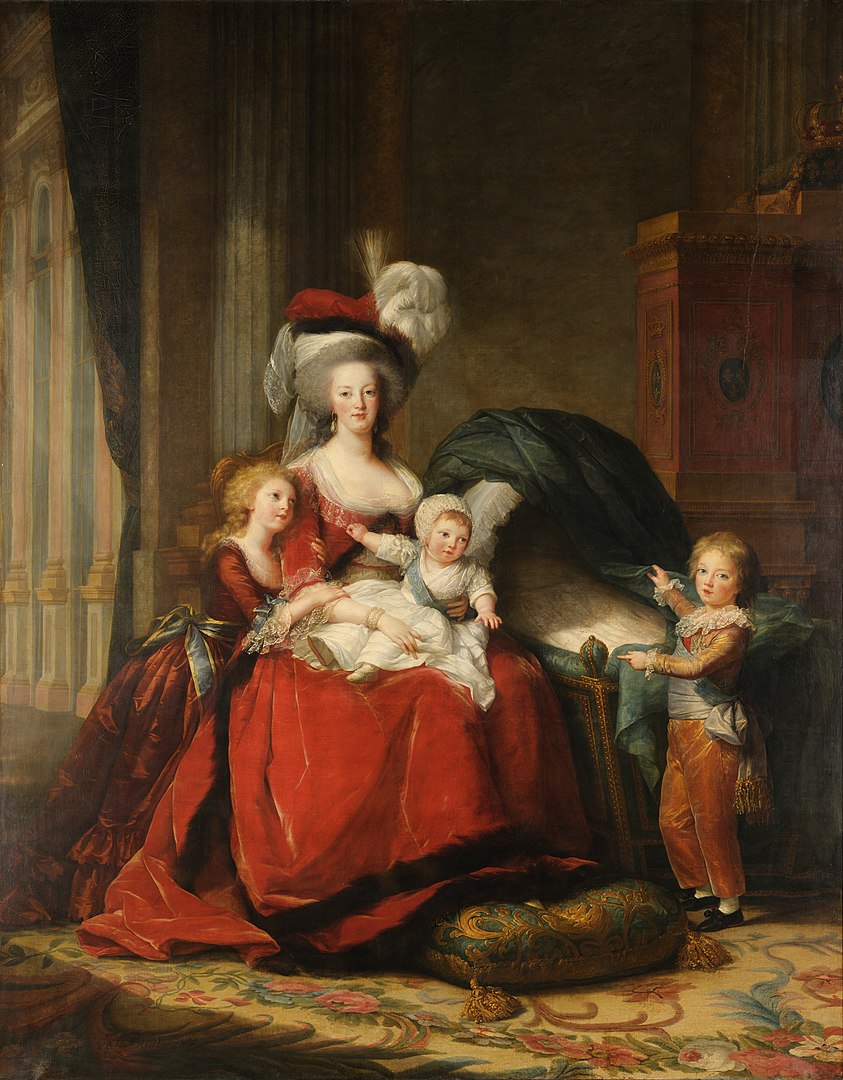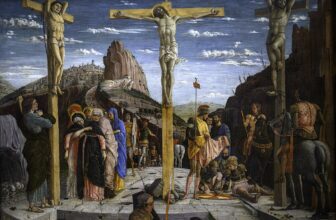
What happened at Versailles palace?
The Palace of Versailles is one of the most iconic symbols of absolute monarchy, splendor, and power in French history. It was at Versailles that the monarchy displayed its grandeur, and it was also here that pivotal events in France’s journey to revolution unfolded, particularly for the royal family. This story is a mixture of power, extravagance, political intrigue, and eventual tragedy.
The Origins of Versailles: A Statement of Power
The story of Versailles begins in 1623 when King Louis XIII, seeking a hunting lodge, established a modest structure in the small village of Versailles. His son, Louis XIV, would later transform it into one of the grandest palaces in the world. Known as the “Sun King,” Louis XIV was the epitome of absolute monarchy. He centralized power in France and ensured that the nobility was kept under his watchful eye.
By relocating the court to Versailles in 1682, Louis XIV made the palace the center of political power in France. The construction of the palace itself was a display of immense wealth and authority, showcasing elaborate gardens, ornate rooms, and the iconic Hall of Mirrors. However, this magnificence came at a cost, both financial and social. The immense expenditures on Versailles drained the royal treasury, and the ostentatious display of wealth highlighted the stark inequalities in French society.
The Royal Family and Daily Life at Versailles
Life for the royal family at Versailles was a spectacle. King Louis XVI and Queen Marie Antoinette became the most prominent figures of this era. Born into royalty, Louis XVI was a kind but indecisive ruler, while Marie Antoinette, an Austrian archduchess, was perceived as extravagant and out of touch with the common people.
The rituals of court life were meticulously structured. Every aspect of the king’s and queen’s lives was performed publicly, from waking up, the lever to dressing and dining. Nobles competed for the privilege of assisting in these ceremonies, as proximity to the royal family often meant political favor.
Marie Antoinette, however, became a controversial figure. Her fondness for luxury, expensive fashion, and gambling earned her the nickname “Madame Déficit.” Her creation of the Petit Trianon, a private retreat within Versailles, further alienated her from the public, as it symbolized her desire to escape the rigid formalities of court life. In reality, many of the accusations against her were exaggerated or false, but they added fuel to the growing resentment toward the monarchy.
The Prelude to Revolution
By the late 18th century, France was in a dire financial crisis. Years of war, including the costly involvement in the American Revolution, coupled with poor economic management, left the treasury depleted. To make matters worse, a series of poor harvests led to widespread famine. The lavish lifestyle of the royal family at Versailles starkly contrasted with the suffering of the common people, intensifying their anger.
The Estates, General of 1789 was convened at Versailles to address the financial crisis. This assembly, representing the three estates, clergy, nobility, and commoners, was supposed to provide solutions, but it quickly became a battleground for competing interests. The Third Estate (commoners) grew increasingly frustrated with their lack of influence compared to the privileged First and Second Estates.
On June 20, 1789, the Third Estate took the historic Tennis Court Oath, vowing not to disband until a new constitution was established. This act marked the beginning of the French Revolution and a direct challenge to the authority of Louis XVI.
The Fall of the Royal Family
The events of the Revolution would forever change the fate of the royal family. On October 5, 1789, a crowd of thousands, mainly women angered by bread shortages, marched to Versailles. They demanded that the king and his family move to Paris, closer to the people. The march turned violent when some protesters broke into the palace, forcing the royal family to flee into their private quarters for safety.
The following day, under immense pressure, Louis XVI agreed to leave Versailles. The royal family was escorted to Paris by the crowd, effectively ending Versailles’ role as the seat of power. They took residence in the Tuileries Palace, where they lived under constant surveillance.
The Flight to Varennes and Its Consequences
In June 1791, the royal family attempted to escape to Varennes, hoping to rally support from foreign allies and loyalists. Disguised and traveling at night, their plan was thwarted when they were recognized and apprehended. This failed escape deeply damaged their credibility. To many, it confirmed suspicions that the king was conspiring against the Revolution.
The royal family’s imprisonment at the Tuileries became increasingly restrictive. Louis XVI was forced to sign the Constitution of 1791, which significantly reduced his powers. However, the radicalization of the Revolution continued, and tensions between the monarchy and the revolutionaries grew.
The Trial and Execution of Louis XVI
In August 1792, the monarchy was formally abolished. Louis XVI was arrested and charged with treason. His trial began in December, and despite some efforts to defend him, he was found guilty. On January 21, 1793, Louis XVI was executed by guillotine in the Place de la Révolution.
Marie Antoinette faced a similar fate. After enduring months of imprisonment and the separation from her children, she was put on trial in October 1793. She was accused of a range of crimes, many of them baseless, including incest with her son. On October 16, 1793, she was executed by guillotine, bringing an end to her tumultuous life.
Versailles After the Revolution
With the royal family gone, Versailles fell into disrepair. Many of its furnishings were sold to pay off debts, and the palace lost its political significance. During the 19th and 20th centuries, efforts were made to restore Versailles, transforming it into a museum and a symbol of French heritage.
Reflection: The Tragedy of the Royal Family
The story of Versailles and its royal family is one of grandeur and downfall. It highlights the complexities of power and the dangers of disconnect between rulers and their people. Louis XVI and Marie Antoinette, while flawed, were not the sole architects of their fate. They inherited a system deeply resistant to change and a society on the brink of upheaval.
Versailles remains a testament to the heights of royal ambition and the cost of ignoring the voices of the governed. Today, it stands as a historical monument, a reminder of a bygone era and the enduring lessons of history.




